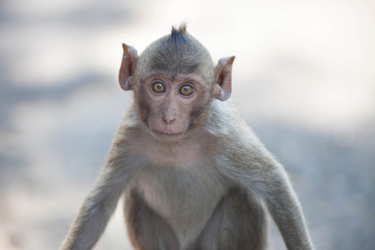Incidence Of Neutralizing Adeno-Associated Viral Antibody Subtypes In Cynomolgus Monkeys
By Julie Forget, Kelsey Brooks, and Norbert Makori

Preclinical safety assessments using cynomolgus macaques (Macaca fascicularis) are crucial in the drug development process, particularly for gene therapy (GT) products, such as those utilizing adeno-associated viral (AAV) vector-based therapeutics. Due to the presence of naturally occurring neutralizing antibodies (nAb) against AAVs, it is necessary to prescreen many animals to ensure adequate study populations. Preexisting antibodies can affect the efficacy of gene therapies, primarily leading to reduced effectiveness and durability. As demand for cynomolgus macaques has increased, partly due to global factors like the COVID-19 pandemic and border restrictions, the use of animals from alternative origins such as Mauritius and the Philippines has been explored. However, genetic and environmental differences between these origins can complicate data interpretation, highlighting the importance of generating reference data for informed study design.
To address this, a review of nAb prescreening data from several toxicology studies over the past few years was conducted to identify origin-specific variations in the percentage of nAb-negative animals. A cell-based AAV neutralizing antibody assay (ID50 at ≤1:10 serum dilution) was used to confirm low or negative viral titers. The analysis revealed no significant differences in seronegativity rates between the Cambodian, Mauritian, and Philippine macaques, except for AAV9, which showed variability, ranging from 40% in Mauritian animals to 79% in Philippine animals. Variability was also observed across AAV serotypes, with AAV8 showing the lowest seronegativity rate and AAV5 and AAV6 having the highest. In conclusion, understanding the need and constraints of screening animals for pre-existing antibodies against specific AAV serotypes is crucial before starting AAV-based gene therapy programs. This data compilation is an essential resource for estimating animal use and selection during the initiation of preclinical safety studies for AAV-based gene therapies.
Get unlimited access to:
Enter your credentials below to log in. Not yet a member of Drug Discovery Online? Subscribe today.
